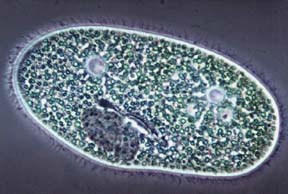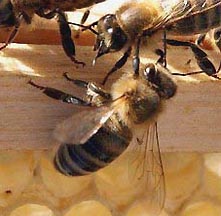"Nosema ceranae certainly is a stressor, but it doesn’t seem to be the smoking gun that we were looking for."
- Jerry Hayes, Apiary Chief, Florida Dept. of Agriculture


May 4, 2007 Gainesville, Florida - In the last week of April 2007, media headlined that University of California-San Francisco biochemists had “tracked down suspect in honey bee disappearances.”
Click here to subscribe and get instant access to read this report.
Click here to check your existing subscription status.
Existing members, login below:
© 1998 - 2025 by Linda Moulton Howe.
All Rights Reserved.

